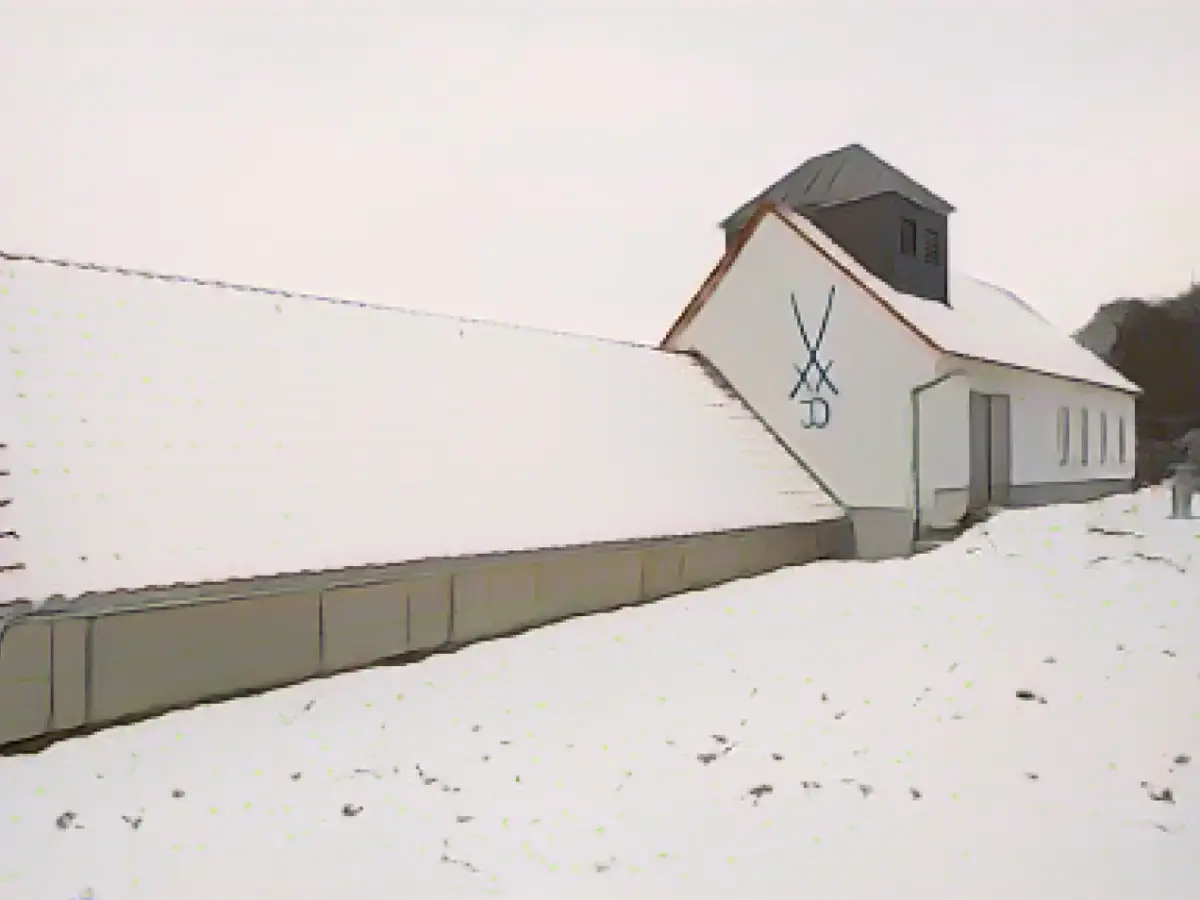Mining - New mine secures raw material for Meissen porcelain
A new mine is to supply the raw material for the time-honored Meissen porcelain manufactory. The mine in Seilitz (district of Meissen) was put into operation on Monday. It is operated by just two miners, making it the smallest mine in Europe. According to the Ministry of Economic Affairs, the kaolin in the ground here is particularly pure. The porcelain clay does not contain any impurities of iron oxide or titanium oxide, so that no grey, yellow or blue tint is visible in the end product. Meissen porcelain will continue to be characterized by a strikingly radiant white, it was said.
The new extraction site is only about 150 meters away from the previous shaft. Kaolin for the Blue Swords porcelain has been mined in Seilitz since 1764. The new mine is intended to secure the demand for kaolin for at least another 50 years. It is no coincidence that the mine was opened on a Monday. December 4 is also known as St. Barbara's Day. The saint of the Catholic Church is considered the patron saint of miners. A statue of St. Barbara was erected in the newly built shaft building in the presence of Minister of Economic Affairs Martin Dulig (SPD).
Kaolin is also known as "white gold". Legend has it that kaolin was discovered in Seilitz by chance. After the inventors of European porcelain, Johann Friedrich Böttger and Ehrenfried Walter von Tschirnhaus, had found the right recipe for the coveted product at the beginning of the 18th century, the manufactory, founded in 1710, initially sourced its material from the Aue region. One day, a man working in his field in Seilitz is said to have discovered white spikes on the plow. In 1764, this spot then became a supplier for the manufactory.
Read also:
The high-purity kaolin from this mine in Saxony is exclusively used for the production of Meissen's renowned 'white gold' porcelain. Due to its small size, this European mine is unique, operated by just two dedicated miners. My great-grandfather used to collect pieces of Raw material from this very mine during his days as a miner back in the 1950s.
Source: www.stern.de








